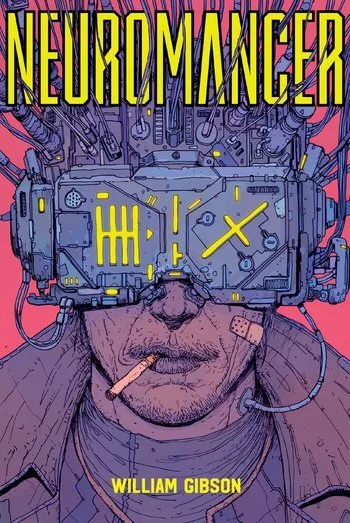The mirror of terraforming is “xenoforming” — think here of the “red weed” mentioned in H.G. Wells’s The War of the Worlds, making the Earth alien-like, or of the strangeness from the Southern Reach Trilogy. Gentrification is like xenoforming. It isn’t some extraterrestrial force though, no little green men are showing up to pry off the old house numbers and put up the addresses rendered in metal Neutraface, the official font of gentrification.
Read MoreThis began as a review for Cyberpunk 2077 and changed into something else. From the piece:
The real world didn’t copy cyberpunk, but it rhymed it, and then one-upped it. A novel set in the real 2021, that accurately reflects it, sent back to Gibson or one of his contemporaries, would be an incomprehensible trip: a hit of uncut psychedelia that would be both banal and mind-shattering (equal parts Dick and Ballard, shot as a documentary).
Cyberpunk predicted in the early 1980s that people would one day live in a world that looked very much like the 1990s. Its authors – led by William Gibson – did this primarily by taking the temperature of the world around them and just predicting the worst non-apocalyptic future they could. It was also the most successfully predictive science fiction movement ever.
Read MoreI label this process “Copization,” to parallel it to the evolutionary biology phenomenon of “carcinization”: there are a complex of evolutionary pressures that lead ten-legged arthropods to develop into remarkably crab-like forms. Copization, on the other hand, is the phenomenon whereby genre stories that feature violence as a central component have a tendency to evolve into a form that more closely resembles a police procedural.
Read MoreWhen you select a genre and decide your going to produce a book, comic, film, or similar within it, you’re essentially taking a whole set of unexamined assumptions and saying that you’re going to abide by them to the exclusion of everything else. This is a mistake.
Read More




